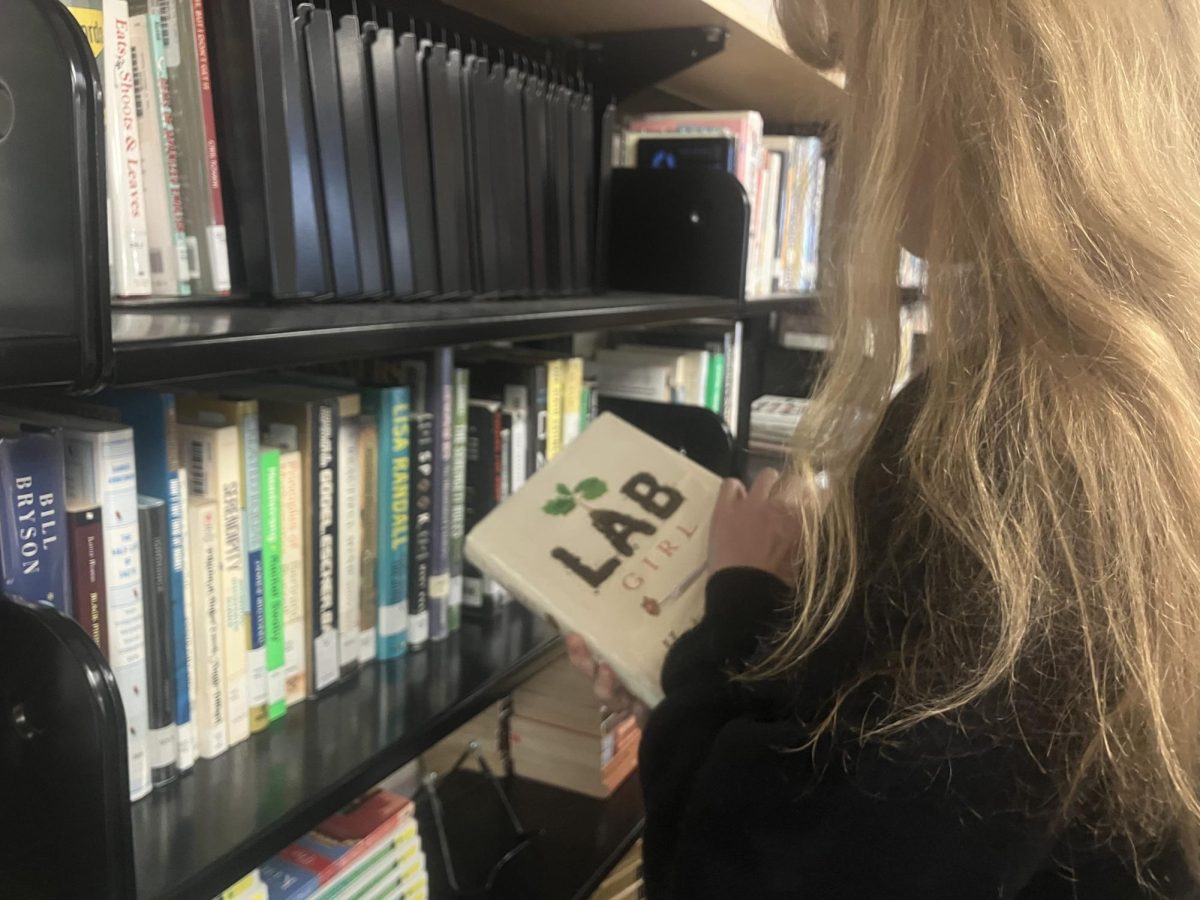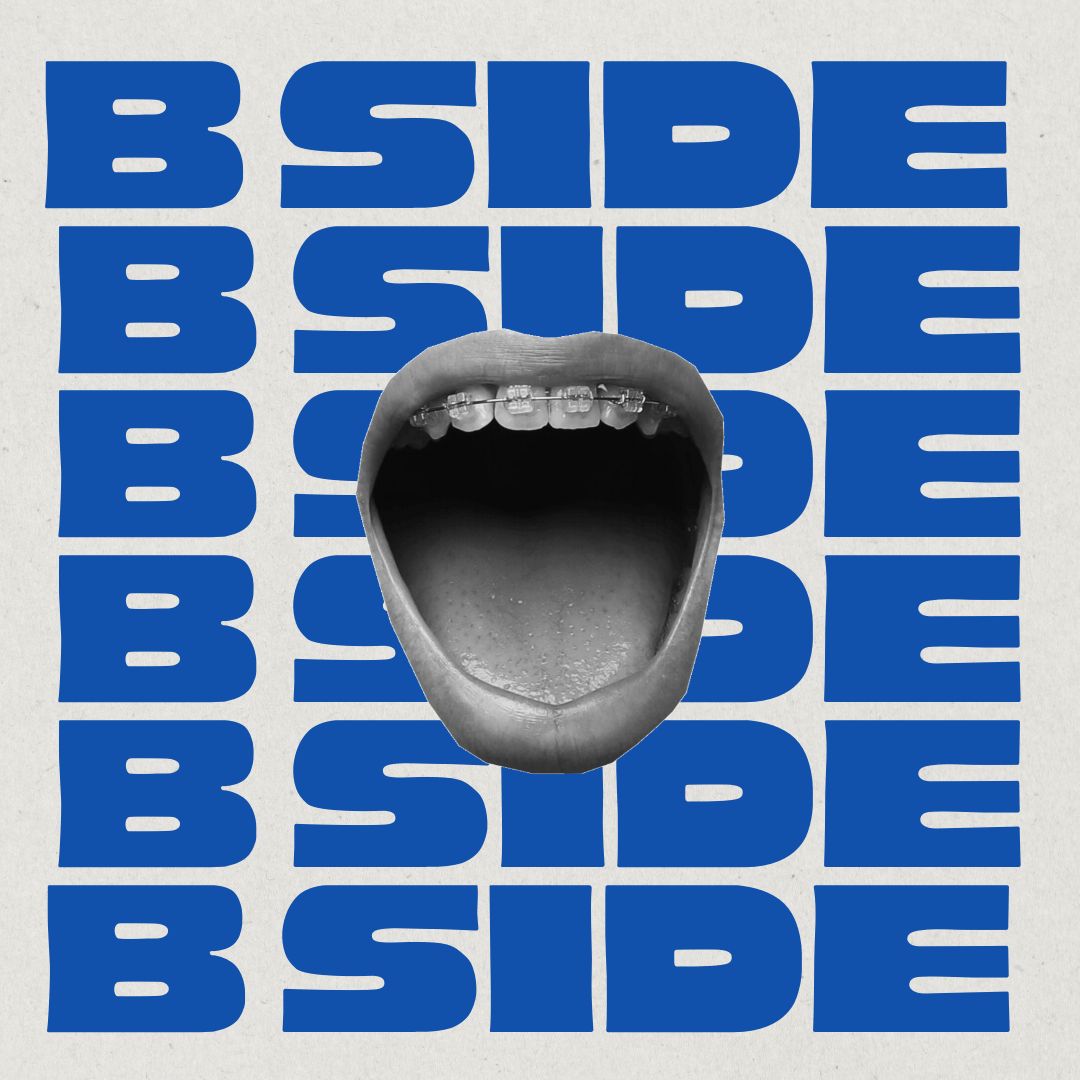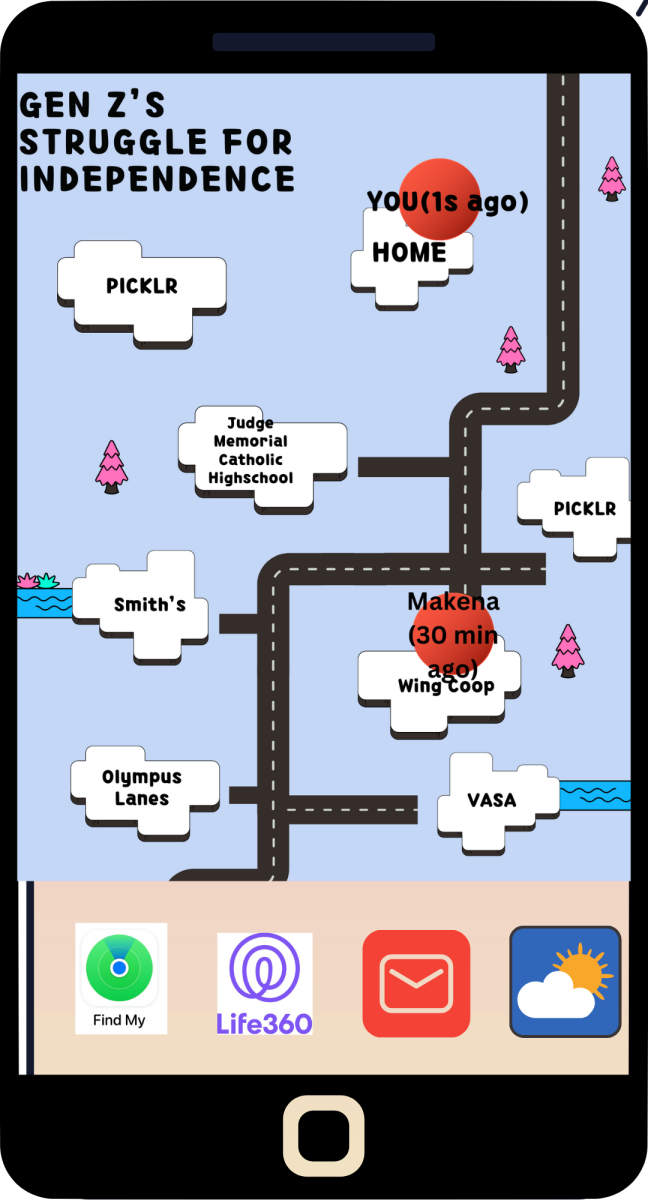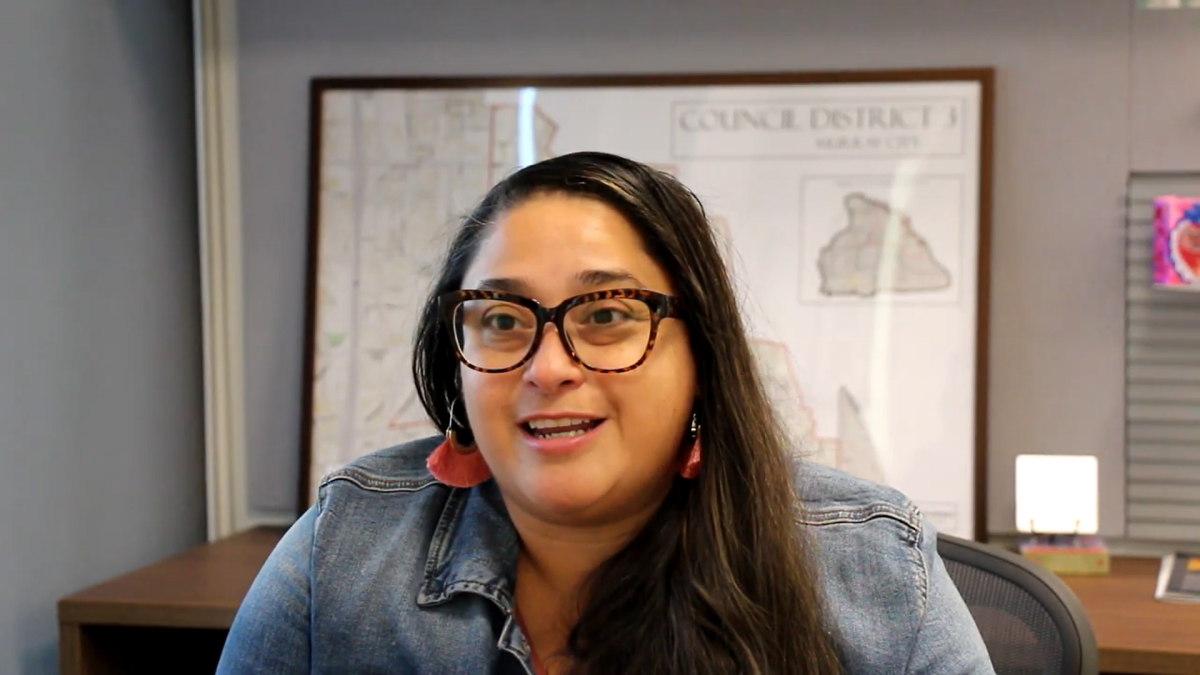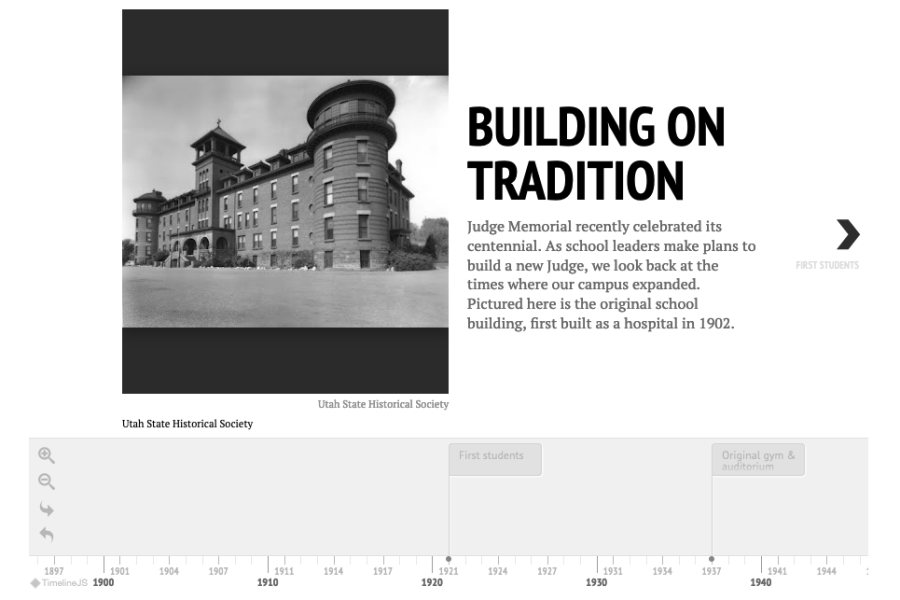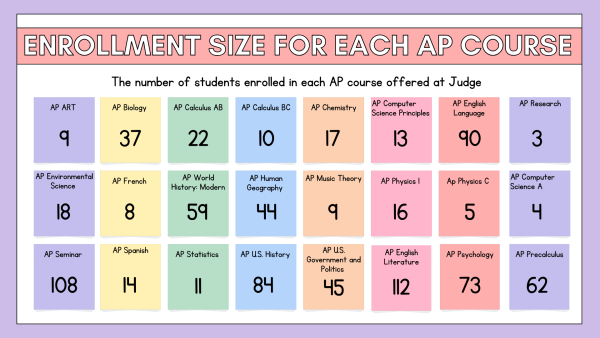
As AP testing has concluded, students are starting to reflect on this AP’s test season, which brought changes to how exams were administered. For the first time at our school, nearly all AP exams were conducted online, creating a shift from the traditional format. Only a few courses, such as AP French, AP Spanish Language and Culture, and AP Music Theory, were offered with a hybrid format, allowing some students to test on paper while others used digital platforms.
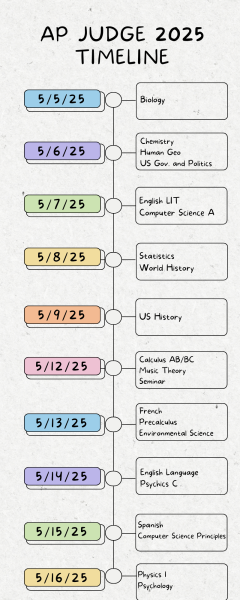 This year, 401 students enrolled in AP courses at our school, taking advantage of the challenging academic program that included 24 Advanced Placement classes, from AP Biology and AP Calculus to AP World History. That number is expected to grow next year, with 25 AP Courses available with the addition of AP Macroeconomics.
This year, 401 students enrolled in AP courses at our school, taking advantage of the challenging academic program that included 24 Advanced Placement classes, from AP Biology and AP Calculus to AP World History. That number is expected to grow next year, with 25 AP Courses available with the addition of AP Macroeconomics.
The switch to online testing has created opinions among students. A recent poll shows that a majority of students prefer online testing compared to the traditional paper format. Supporters athatthattaht digital testing is better with the current academic environment, where students are used to typing essays, and using digital tools for note taking and review. Typing is often seen as faster and more efficient for written responses, and the digital platform still includes features such as highlighting and easy navigation.
Despite the advantages, the shift has also brought up concerns. The College Board’s digital infrastructure has previously faced serious technical issues. Although it did not affect our school, the AP Psychology test administered on the East Coast experienced a major crash this year, preventing many students from taking the test. This created concerns about the reliability of online testing for these important exams and showed the risk of connection issues, software failures, and the problems of being too dependent on technology.

Some students also mention that paper testing offers more benefits that are hard to copy online. These include easier cross-referencing pages, the ability to annotate directly on test materials, and reduced cognitive load associated with too much screen time. In math-based courses like AP Calculus or AP Precalculus, students may find it easier to work through multi-step problems on paper rather than switching between screens.
Despite the debate, the College Board continues to promote digital testing as the future of AP Courses. This move aligns with the educational trends of technology integration, and online testing will likely remain the default in the coming years. For students balancing AP Course loads, extracurricular activities, and the pressure to earn college credit, this year’s testing format added another layer of adaptation. As the AP program continues to evolve, this year’s transition to digital testing has created controversy about access to this testing and will likely shape how students prepare for testing in the future.







